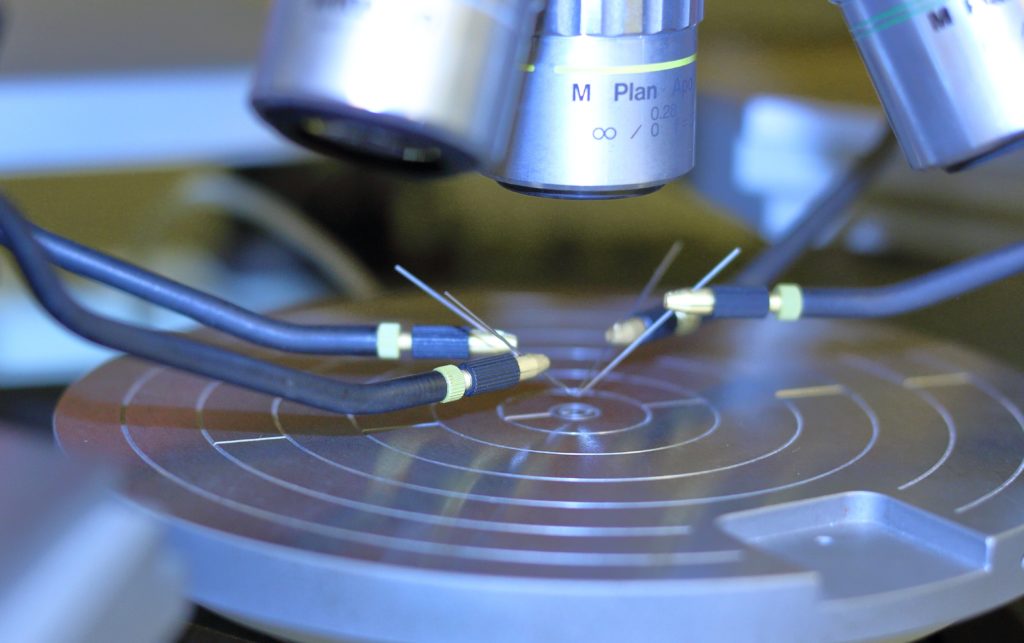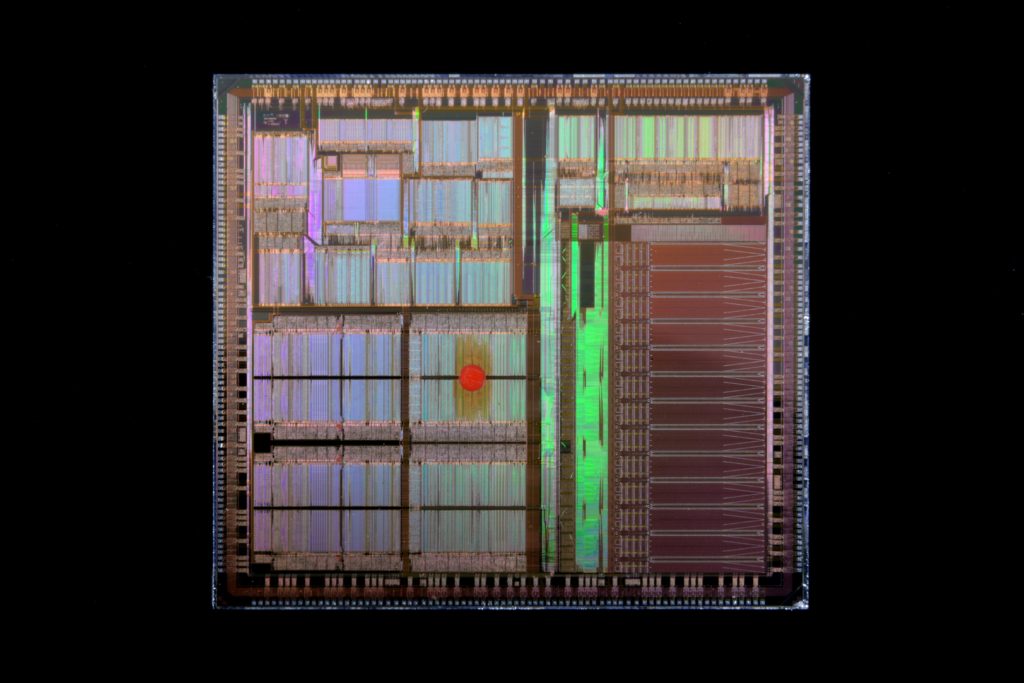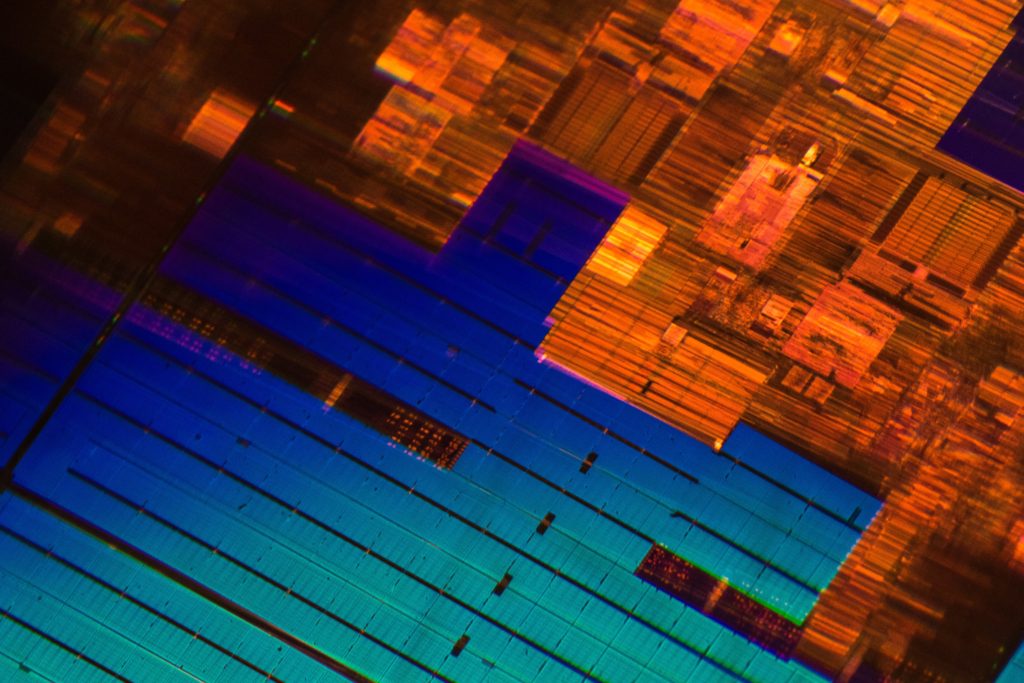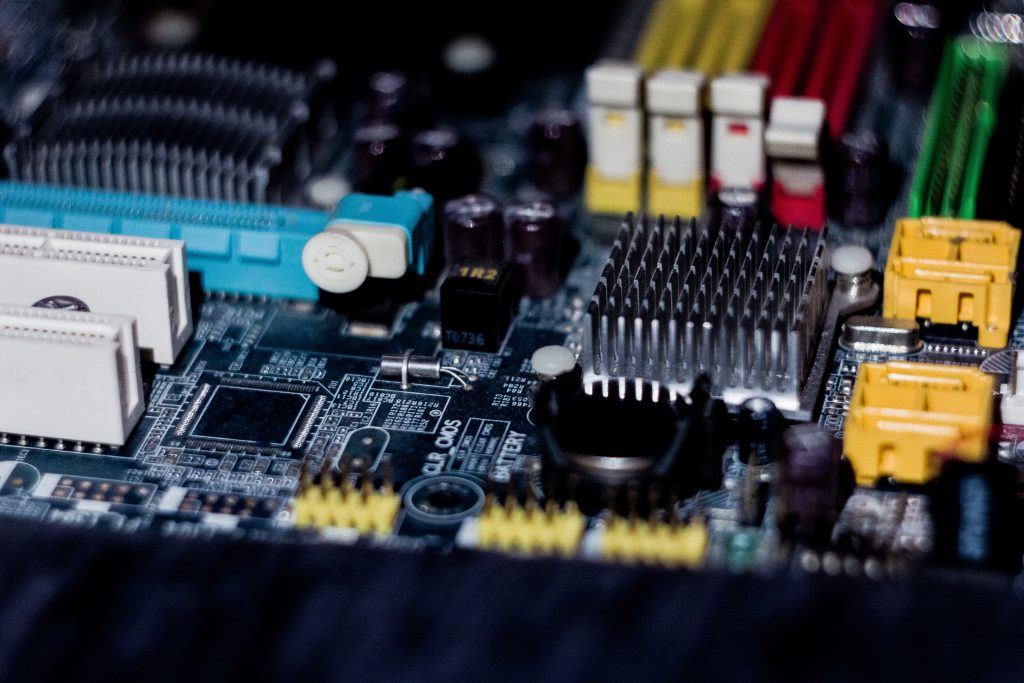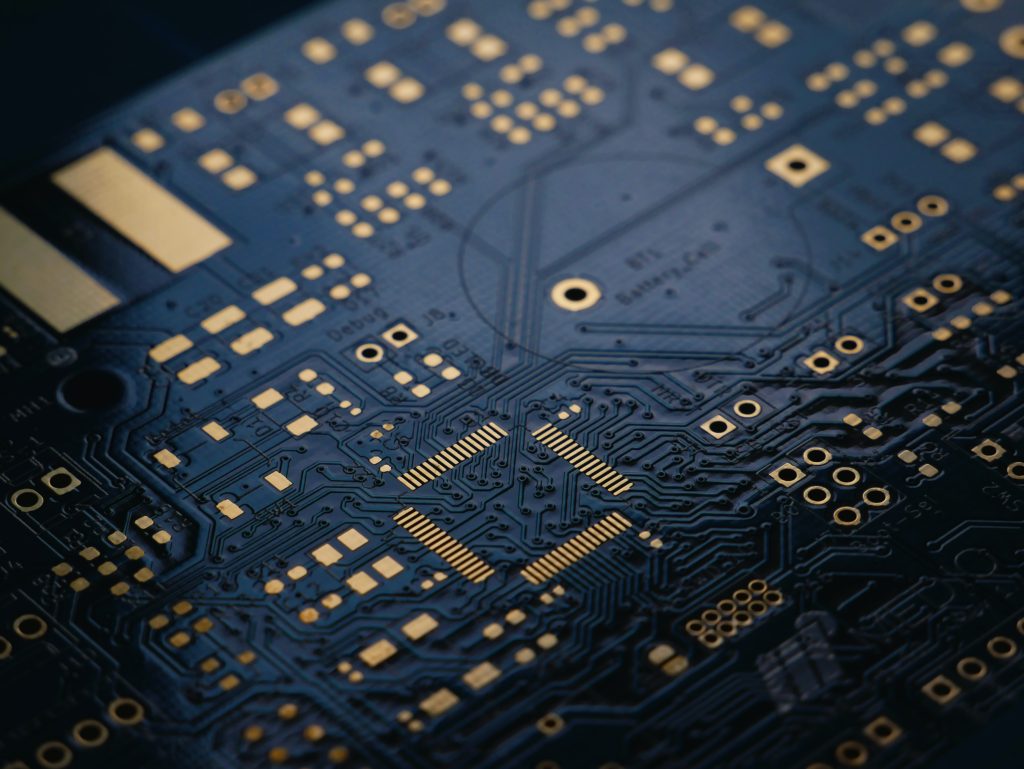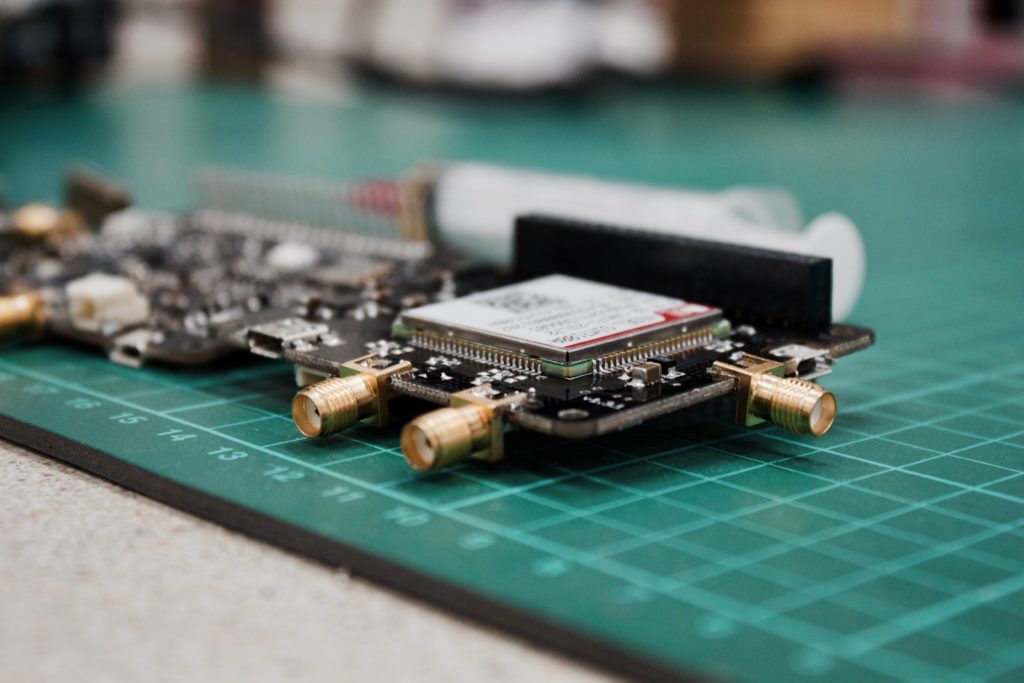THE KNOWN SEMICONDUCTOR MANUFACTURING STRUGGLES
The cost of semiconductor manufacturing is doubling every four years. The major driving factor for the rising cost is the product complexity due to the introduction of new technology-node and packaging technologies. Electrical testing also has played a role in increased manufacturing costs due to the demand for advanced automated equipment.
All such costs are directly associated with the increase in transistor density with shrinking die area. The increase in transistor density has also lead to several semiconductor manufacturing struggles. These struggles (have been around for decades) are an indispensable part of the semiconductor manufacturing process.
Advanced and automated equipment often helps solve the unknown and known struggles. However, the demand to increase the number of lots processed per hour adds a constant pressure to ensure that every wafer/die/product that gets processed is using an error-free recipe.
While the semiconductor manufacturing process has numerous steps, some steps do require special attention to capture any issues before it leads to shipment of bad products/parts.
Defect: Fabricating, testing, and assembling thousands of dies often leads to defect. The defectivity rate is considerably low today than it was a few decades back. However, recipes are required to ensure that any wafer or assembled part is defect-free. Capturing defects is a manufacturing struggle, mainly due to the increasing layers/devices in the small silicon area. Sophisticated tools do capture defects, but a new type of defect can escape the fabrication scrutiny. Any such escape leads to known struggles of increase in processing time and cost.
Quality: Qualifying products is an important pillar of semiconductor product development. Depending on the product type, the qualification process has to follow standard steps before the product can be mass-produced. The industry standards do allow the easy flow of qualification. However, it is still a big struggle to ensure that all checks and processes get implemented correctly. As semiconductor products become more advanced, the cost and time associated with qualification (and failure analysis in case of part failure in the field) processes are rising. All this is pushing the qualification part of the semiconductor product development through the unknown to known struggles.
Data: Semiconductor and data go hand in hand. For decades, designers and manufacturers have spent a lot of time and effort to streamline a data-driven semiconductor product development process. However, as new advanced products get designed/manufactured, the cost of data capturing, analyzing, and storing is also rising. It is another struggle that the manufacturing process has to deal with. On the positive side, data today has become an integral part of semiconductor manufacturing, and so have been the tools to support data science activities to capture processes to defects. In the long run, the data struggle will keep increasing.
Break-Even: Cost of fabrication, testing, and assembly is rising. The capacity crunch is adding fuel to it. As new semiconductor technologies get launched, the cost of semiconductor manufacturing is rising. It also means that semiconductor manufacturers have to struggle their way through a long time before they can start earning net positive revenue. While this is true for several other manufacturing industries, the high CapEx that semiconductor manufacturing requires is very high and comes with risks.
Equipment: Every new semiconductor manufacturing technology (technology-node, package-technology, materials, chemicals, etc.) also pushes the need for a new type of equipment. It puts the FABs and OSATs through a continuous cycle of semiconductor manufacturing up-gradation, and also the equipment manufacturers, who have to struggle their way out to keep bringing new advanced equipment to drive next-gen semiconductor manufacturing technologies.
The above processes are just the handful of known struggles that any semiconductor product has to go through. Several sub-processes also exist and also require continuous monitoring to identify any known/unknown manufacturing issue.
Semiconductor manufacturing already has several recipes and equipment to ensure that the target number of lots is processed per hour, apart from ensuring that every wafer/part works as per the specification. However, to achieve such a goal also means to overcome several unknown issues that can show up during the semiconductor manufacturing process.
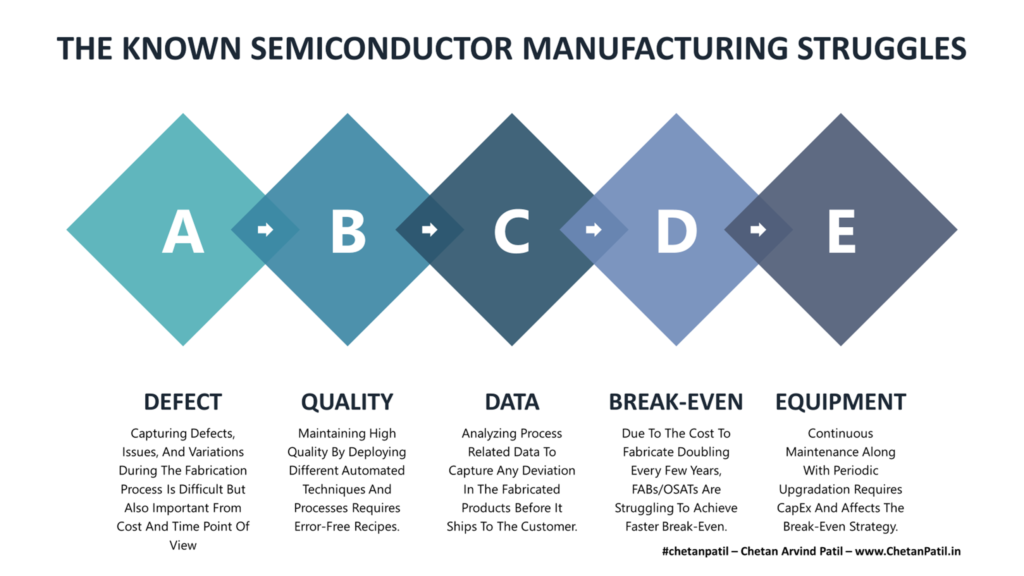

THE UNKNOWN SEMICONDUCTOR MANUFACTURING STRUGGLES
Apart from the known semiconductor manufacturing struggles, several unknown issues can pop up during semiconductor manufacturing (fabrication, testing, and assembly). These struggles are not like never seen before but remain classified as unknown due to the new information that is generated when such issues occur during the semiconductor manufacturing process.
Known Struggles: These struggles are part of the product by default, and a set process to capture issues around these processes already exists.
Unknown Struggles: These struggles are similar to known ones, but often through-off the product flow due to new issues that never existed before.
The time, cost, and efforts required to solve these unknown mysteries often impact the development cycle time. Any slip or late capturing of unknown issues can further increase the CapEx required to drive the product manufacturing and might put the semiconductor companies in tough spots.
Yield: Yield can make or break a semiconductor product. The data captured at every manufacturing step has a direct or indirect impact on the total yield. Yield issues, if any, are often based on several factors. While the majority of the yield issues can be solved without extra time/cost, there are often unknown issues that take up a lot of time and effort. As semiconductor manufacturing becomes complex (new devices), there will be unknown yield issues that will keep bringing unknown struggles.
Throughput: Keeping high uptime is a challenge for FABs and OSATs. However, there are often issues that are not known and can lead to lower throughput, and thus increases the cycle time of semiconductor product development. Throughput struggles are due to equipment downtime, new process testing, high demand, capacity crunch, and several other factors. The last two years have already shown how such unknown (high demand) throughput struggles are affecting the semiconductor supply chain.
Scheduling: Managing thousands of orders is a big challenge of semiconductor manufacturing. Scheduling techniques are used to ensure all the products/wafers are processed in a timely manner. Any unknown spike in demand or issue with any of the processes brings unknown scheduling challenges for the FABs and OSATs, and they often have to re-prioritize activities to ensure the cycle time does not increase for their customers. This is another unknown struggle semiconductor manufacturing has to often deal with.
Wafer Size: Every FAB and OSAT is defined based on the wafer size/capacity. There is a point wherein FABs and OSATs realize that the current wafer size/capacity is not enough. It implies FABs and OSATs now have to invest in new facilities, which brings an unknown challenge of whether the semiconductor manufacturing capacity should be based on new wafer size or should only be an expansion of current facilities (with same wafer size). The answers to these simple questions severely impact the future roadmap of any semiconductor manufacturing company and thus brings unknown planning and investment questions/struggles.
Handling: Materials are constantly moving in the FAB and also in the OSAT. Often the automated system used to drive material handling and processing go down, and several impacts material handling/processing. Such downtime of material handling brings unknown scheduling to processing challenges. It also often happens that the manual handling of materials leads to wafers getting scrapped, and this is another unknown variable that can occur anytime during semiconductor manufacturing.
Like any manufacturing industry, the semiconductor industry/manufacturing has to go through different phases of known and unknown struggles. These struggles do impact the time or the cost aspect of semiconductor manufacturing and often both.
In the last four to five decades, semiconductor manufacturing has seen several advances (technology to processes to facilities) that have only helped ease the manufacturing of semiconductor products. As the world moves towards more semiconductor-driven products and solutions, the hope is that new next-gen semiconductor manufacturing solutions (tools, equipment, data-driven approach, etc.) will lower the known and unknown semiconductor manufacturing struggles.
